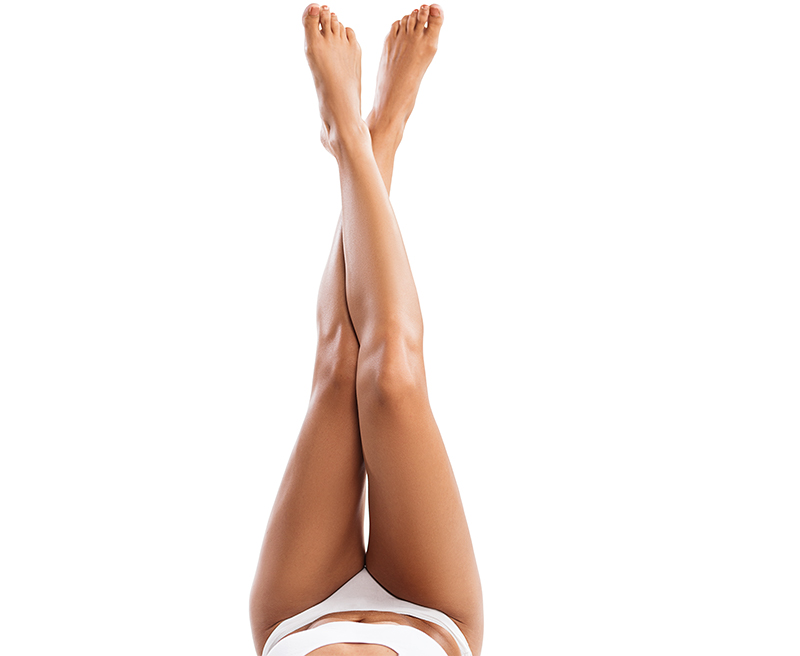How 3D imagery can help you and your patients in the journey towards the ideal summer shape with body contouring.
Summer is almost here! Beaches and resorts prepare to welcome long-awaited guests. Swimwear designers launch their latest designs… But for many, this long-awaited moment also brings a hint of anxiety. Questions in front of the mirror: is it still possible to lose those inches or smooth those bulges before bikini time? Even for those following a healthy lifestyle, problem areas may remain. Every practitioner knows that these zones, often with equally problematic names (muffin top, bra bulge, love handles…) can bring huge frustration to patients seeking an ideal outcome. And while a growing variety of non-invasive treatments seem to suggest a painless, rapid solution to such vexing issues, patients are often impatient or unsatisfied with results.
Patient satisfaction: the no.1 issue with body contouring
Trend-aware practitioners will know that there are now dozens of options available on the market offering non-invasive treatment from areas such as tummy, back and thighs. But even the most efficient of these receive a patient satisfaction score of around 80% (with others as low as around 30%). These results display a major gap between expectation and result. Moreover, a dissatisfied patient is less likely to return for other procedures, or to recommend a practitioner to friends and family.
Why this dissatisfaction? Non-invasive procedures, whether using cryolipolisis, ultrasound frequencies, radiofrequency or low-level laser treatment have varying degrees of success, some requiring multiple treatments, and often with gradual results only visible several weeks or months later. Added to this, a patient has very high expectations for change in a problem zone that is often difficult to fully visualize in a subjective manner – getting a clear and objective view of one’s back or buttocks is near-impossible!
3D photography as a visual solution, before and after
Use of clear and objective images can be essential on several levels. As a marketing tool, showing high-quality images of treated patients before and after can be a useful visual guide for new subjects. It can provide a preliminary guideline and set the tone, giving a uniquely objective view of a problem area to be treated. After treatment, a similarly detailed image will clearly show changes. The practitioner will also be able to make a direct comparison between the two.
LifeViz® Body, the ultimate 3D solution
If images are the perfect introduction , then actions and figures are the best concluding argument. QuantifiCare’s LifeViz® Body camera and software can capture images and data at the click of a button, giving almost instant access to crystal-clear information.
Before a procedure, patient and practitioner can examine visual aspects, measure circumference and shape, then simulate an outcome and reach a joint expectation.
Afterwards, the patient can visualize the exact results including measured changes in size and volume. Before and after stages can be compared to display the success of a tailor-made process of fine-tuning for a perfect body. By providing highly precise measurements of volume changes, a practitioner can provide patients with clear and certain proof of a successful body-contouring procedure.
The LifeViz® Body camera is compact and user-friendly, ensuring replicable 3D photos in three simple steps. A practitioner and staff can use the camera and software. Images are stored in one place, allowing for peace of mind and fast access. The LifeViz® Body is the perfect solution for sharing existing 3D images on websites or social networks, or with prospective patients . Prior and after procedures, the camera and images can be used quickly, with no additional waiting time or dedicated space.
Simple, fast, proving convincing visuals and clear data, the LifeViz® Body is the perfect 3D photography partner for body contouring and more.

